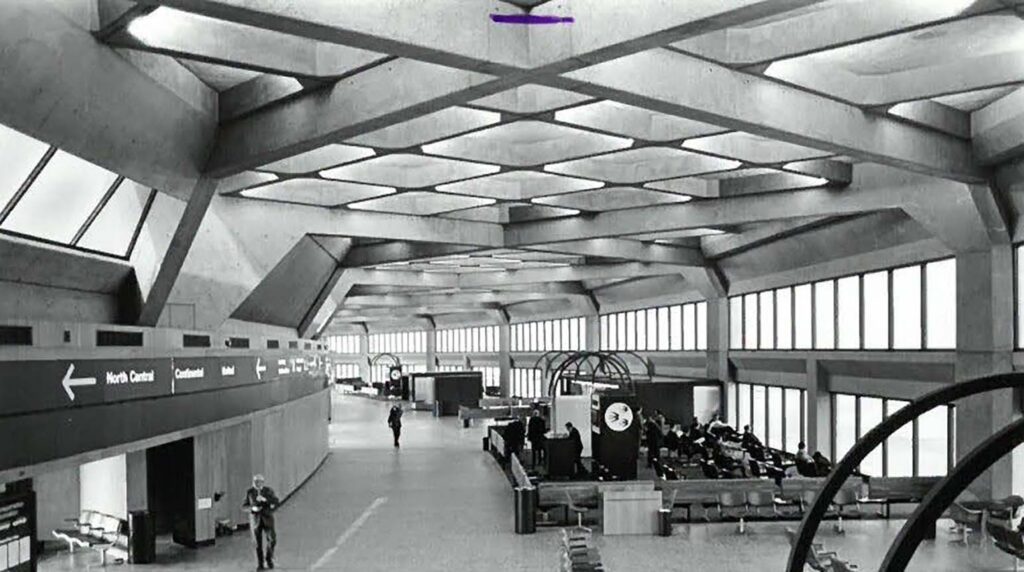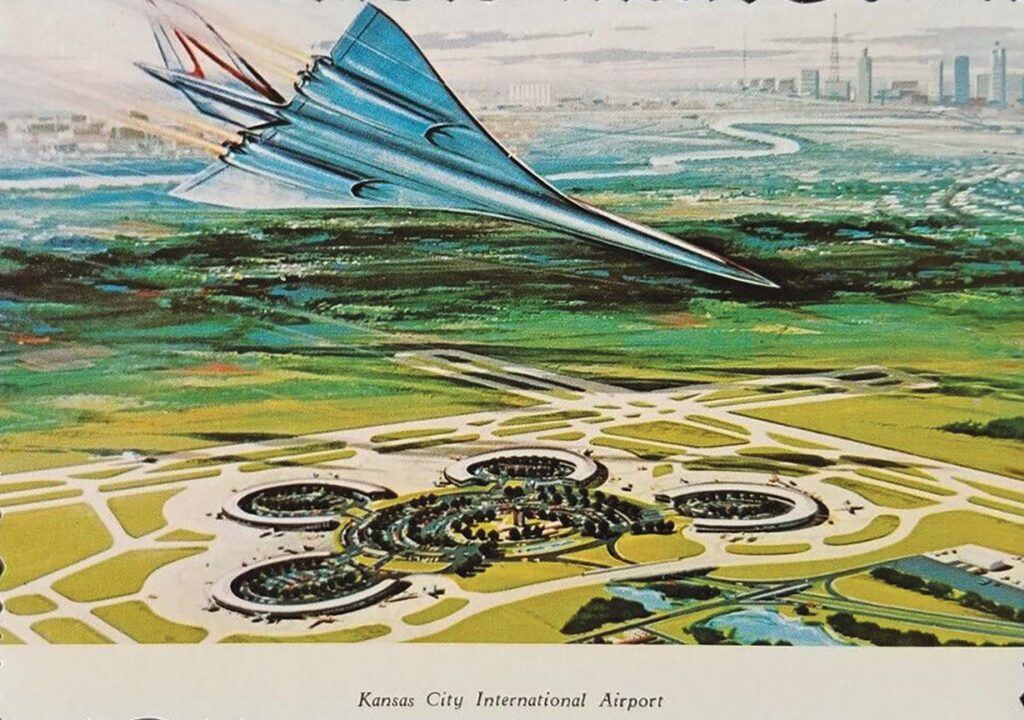
Michael Bushnell
Northeast News
Fifty years ago this month, on November 11, 1972, Kansas City International Airport opened for the first time, ushering in a new concept in air travel called “Drive to your Gate.”
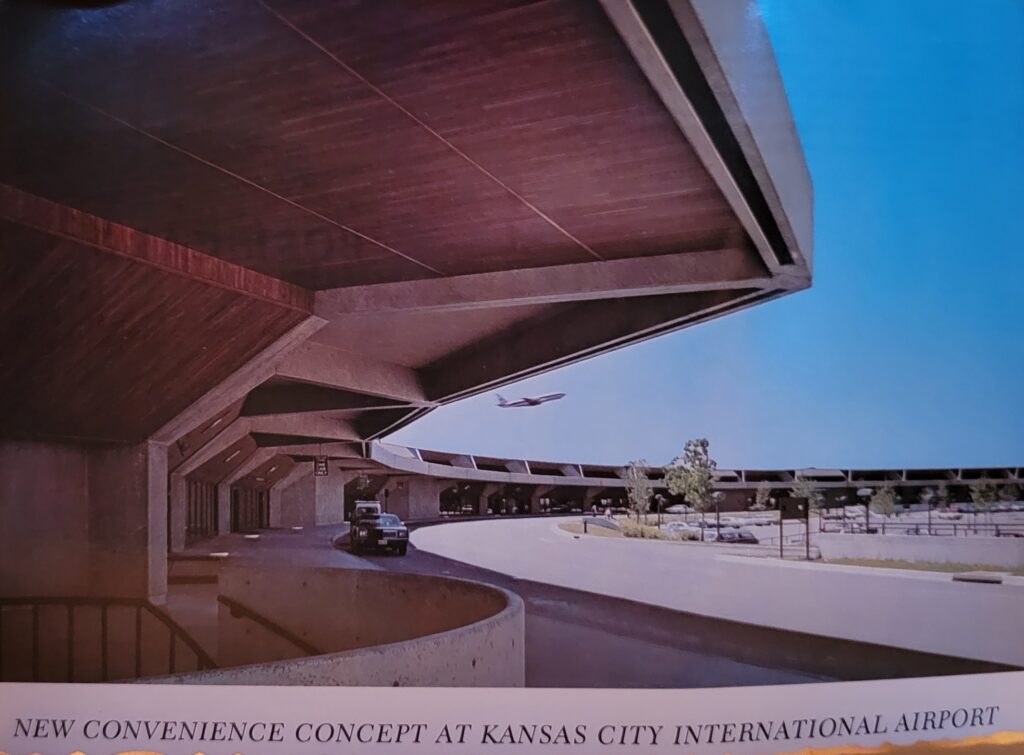
As outlined in the program for the three-day official dedication, the Drive to your Gate concept was billed as the ultimate in passenger convenience – as opposed to the old way where a typical business air traveler would have to leave his home “ninety minutes before his flight, though he lives only a few miles from the airport.”
The new, “KCI Way,” as outlined by Kansas City Aviation Director Frank Pittenger, the traveler “parks his vehicle virtually at the terminal entrance, accomplishes baggage check in, is quickly ticketed and directly boards the waiting aircraft. The total distance walked from car to gate is as little as 150 feet.” This is opposed to the over 1,000 feet the traveler would have had to negotiate in a typical “old” airport setting.
The concept wasn’t taken lightly, as the City’s Aviation Department invested over two years researching other airports, mostly in Europe, who had been using the concept with much success. With KCI’s new three-coverleaf design, the concept gained even greater traction as airlines leased a specific length of space – a terminal within a terminal, so to speak – with arrival and departure gates on one side and passenger transportation and parking on the other.
As pictured on this promotional postcard for the new airport, KCI was also built with runways long enough and maintenance facilities big enough to handle the new SST airliners. Supersonic transport was all the rage at the height of the space race and airlines were at the forefront bringing that technology directly to the public’s doorstep. TWA had put non-binding purchase options on 12 Boeing SST models in 1969. Pan-Am ordered 15. Environmental concerns, along with noise issues related to take off and landing, caused Boeing to scrap production on the SST and focus on the new wide-body 747 model.
Initial planning for KCI dates back to the late 1940’s when Kansas City’s City Council selected an 1,800 acre site in Grandview, Mo., for the new airfield. Shortly thereafter, two runways, taxiways and a temporary terminal building were constructed. In November 1952, however, voters approved an amendment to the city charter to transfer the property to the Air Force for use as the Richards-Gebaur Air Force Base.
After a second 21-square mile parcel in Clay County was scrubbed, a new site on 4,700 acres in rural Platte County was annexed to the City. In May of 1953, KCI’s site was approved by the city council. Shortly after the vote, negotiations began with Trans World Airlines (TWA) for the establishment of their overhaul base at the airport. Negotiations were tricky as three other major cities were vying for TWA’s overhaul base to be located at their airport sites due to the over 7,000 skilled labor jobs the designation brought with the decision. An agreement between TWA and the city was announced in April, 1954 and construction began on two runways, taxiways and a mammoth maintenance facility.
Air travel improved exponentially in the 1960’s through the advent of jet travel versus the old fashioned propeller driven aircraft. Travel times were greatly reduced, efficiency was expanded and larger facilities were needed to accommodate the longer runways for the bigger jets such as the Boeing 707, 727 and the Douglas DC-9, being used by most of the major carriers that served Kansas City’s old MCI facility.
Kansas City Mayor Ilus W. Davis saw the need for a larger facility and initiated the city council to begin development of a new and larger airport on the Platte County site. In December 1966, city voters approved $150 million in revenue bonds to finance the construction and on July 6, 1965, ground was officially broken for the new airport.
KCI’s architectural design was headed up by Clarence Kivett of Kivett and Myers, along with Kansas City engineering firm Burns & McDonnell. Both firms worked closely with airlines serving Kansas City on how best to design a new facility. One interesting tidbit on the construction budget for the new KCI, it came in under budget, something attributed directly to Robert McDonnell of Burns & McDonnell.
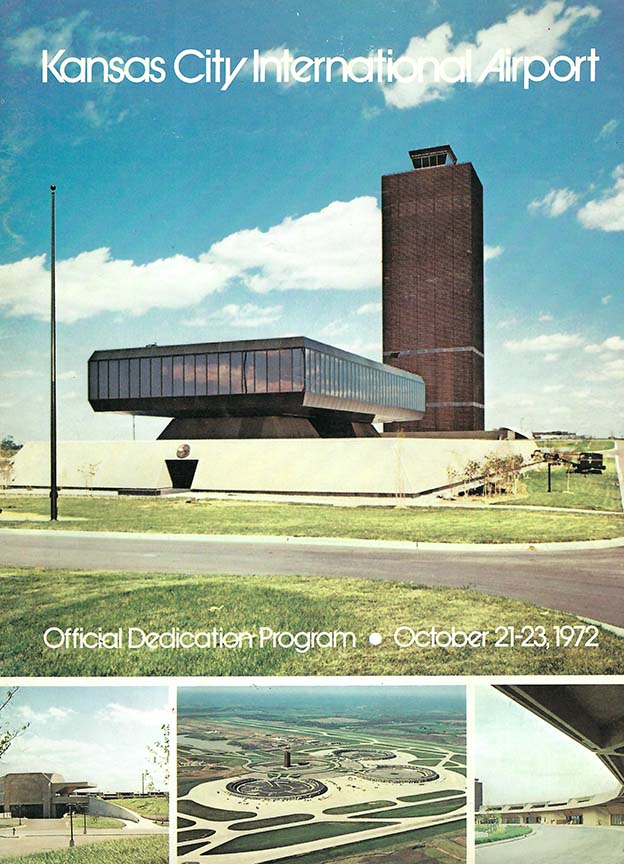
KCI’s opening festivities were scheduled over a three day period in October 1972. All three airport terminal buildings were opened to the public and filled with static displays from vendors such as Midwest Research Institute, Kansas City Foreign Trade Zone, the Greater Kansas City Chamber of Commerce, various airlines and travel related businesses and vendors who had supplied steel, concrete and furnishings for the project.
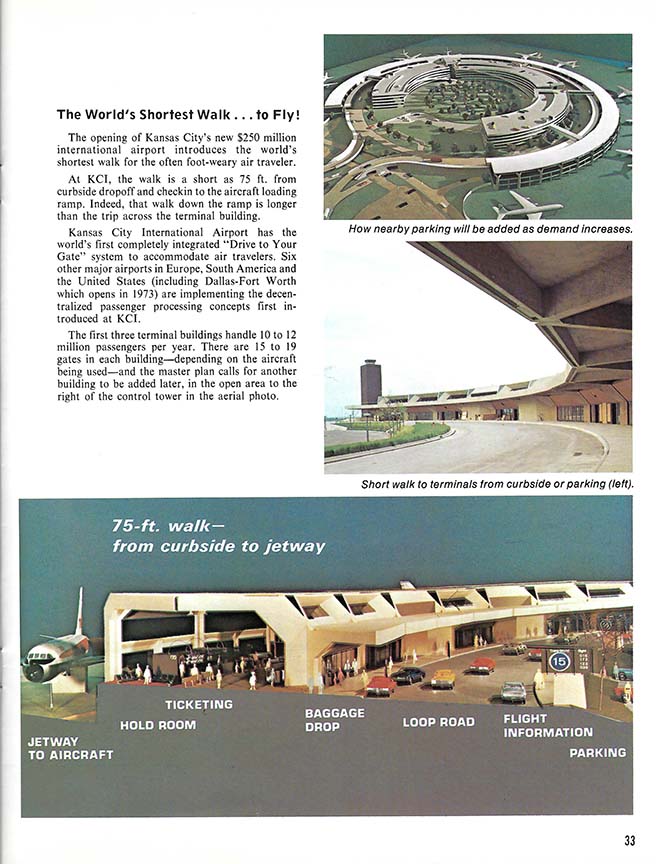
Vice President Spiro Agnew was one of the many dignitaries who spoke at the dedication, along with congressional representatives and three Kansas City mayors. Outdoor exhibits included vintage and military aircraft, and demonstration flights by the Red Devils Aerobatic Team and the Air Force Thunderbirds. Scenic rides were also available for $10 per person on a Braniff Airlines 727 and a TWA 747 with funds going to Children’s Mercy Hospital of Kansas City. Boy Scout troops, including the troop this News Dog belonged to, were invited to march in the dedicatory parade to Terminal B from the new control tower. All stood smartly at attention as the national anthem played and dignitaries spoke.
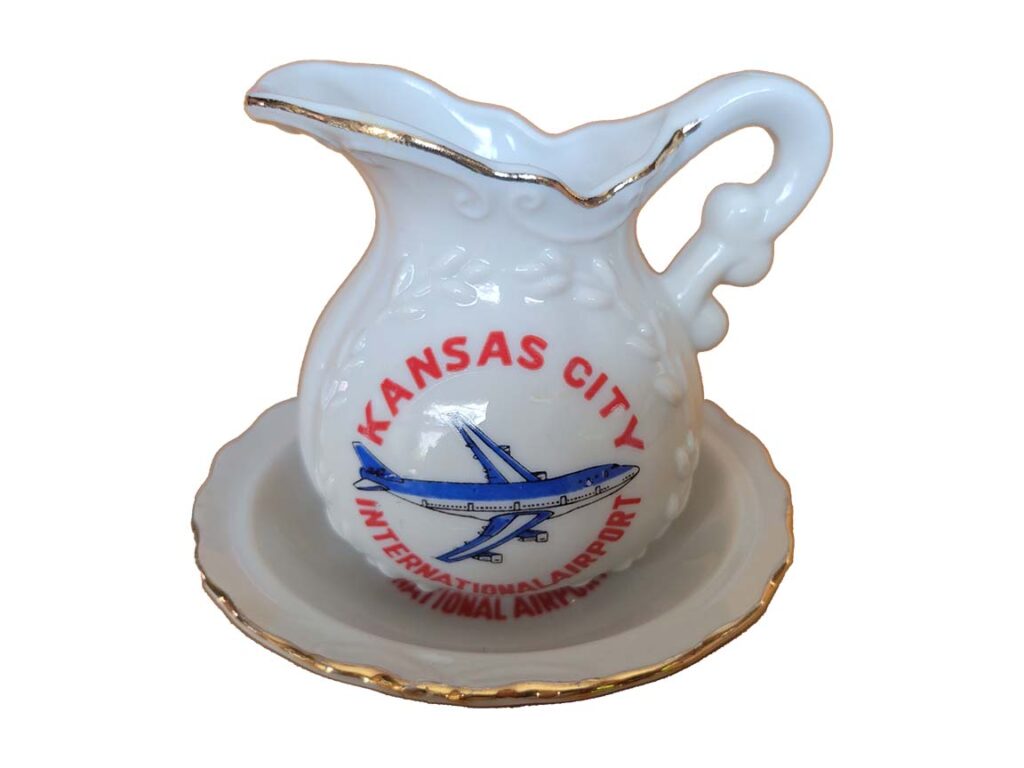
Souvenirs included postcards, first day cover stamps, and a plethora of related items from airport retail vendors such as ceramic cream pitchers, challenge coins, monogrammed dedication invitations and, of course, the 75-page official dedication program.
Growth projections included in the souvenir program were incredibly optimistic, to say the least. Employment projections were predicted to increase to 42,500 by 1990 from 14,000 in 1971. Air freight was predicted to increase from 96,374 tons in 1971 to over 388,000 tons by 1980. City Earnings Tax was expected to increase by almost $3.4 million per year, and passenger traffic at the new airport was slated to increase to over 4.2 million fliers per annum. At the time of the airport’s construction, TWA was the city’s largest private employer, employing over 10,500 people in various capacities. If you lived north of the river during the 1970’s, chances are, someone on your block was employed in some capacity at KCI.
KCI’s gala opening was almost overshadowed by a hijacking the day before of a Southern Airways Douglas DC-9, Flight 49 originating in Memphis, Tenn., and bound for Orlando, Fla., via Birmingham, Ala. In fact, the front page of the November 12 Kansas City Star featured the opening of the new airport on the left front and an update to the hijacking on the right front, both above the fold, where the big news always goes. The hijacking lasted roughly 30 hours, spanned 4,000 miles, three continents and ended the following day in Havana, Cuba.
While no fatalities were recorded, that event sent Kansas City’s new “Drive to your Gate” design into a literal tailspin over the next two weeks. On Tuesday, Dec. 5, 1972, the FAA issued a landmark anti-hijacking emergency rule requiring all U.S. air carriers, “beginning on January 5, 1973, to inspect all carry-on baggage for weapons or other dangerous objects and scan each passenger with a metal detector (magnetometer) before boarding or, if a detector was not available, conduct a physical search, or pat down.”
Twenty-six days after opening, Kansas City’s brilliantly designed airport concept was already obsolete.
According to Justin Meyer, Kansas City’s Deputy Director of the City’s Aviation Department, as quoted in an August 2021 article in Simple Flying, “When you look at how the three horseshoe-shaped terminals were laid out, all amenities that the customers would use were on the curbside. All the amenities that the airlines would use were on the air side, so ticket counters, passenger boarding bridges, of course, on the air side, but on the curbside, where the cars were, that’s where the restrooms were, that’s where the concessions were. Less than a month after opening, we had to come up with a plan to try to create a secure and non-secure space inside a terminal that was only 70 feet deep.”
Kansas City’s Aviation Department made the necessary modifications work without upsetting the passenger convenience apple cart too much, and the modifications were employed until the September 2001 terror attacks that rewrote air traffic security for every facility on earth.
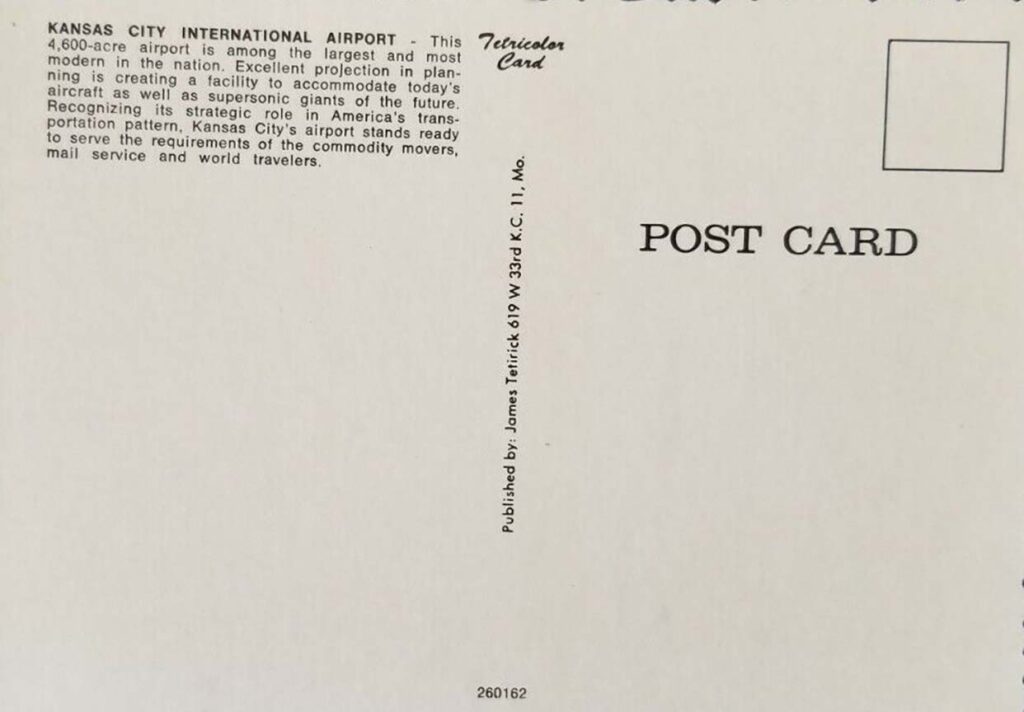
This continental-sized Chrome postcard was published by James Tetirick of Kansas City, Mo. The informational message on the back of the card reads: “Kansas City International Airport. This 4600 acre airport is one of the largest and most modern in the nation. Excellent projection in planning is creating a facility to accommodate today’s aircraft as well as supersonic giants of the future. Recognizing its strategic role in America’s transportation pattern, Kansas City’s airport stands ready to serve the requirement of the commodity movers, mail service and world travelers.”
As we go to press, Kansas City stands at the dawn of a new airport era. Kansas City’s original airport, dedicated in 1927 by Charles Lindbergh, served the city for over 45 years before passing the baton to KCI in 1972. In 2023, 95 years after air travel was introduced at the confluence of the Kaw and the Missouri, 51 years after the dedication of KCI, a new airport will open to serve the city.
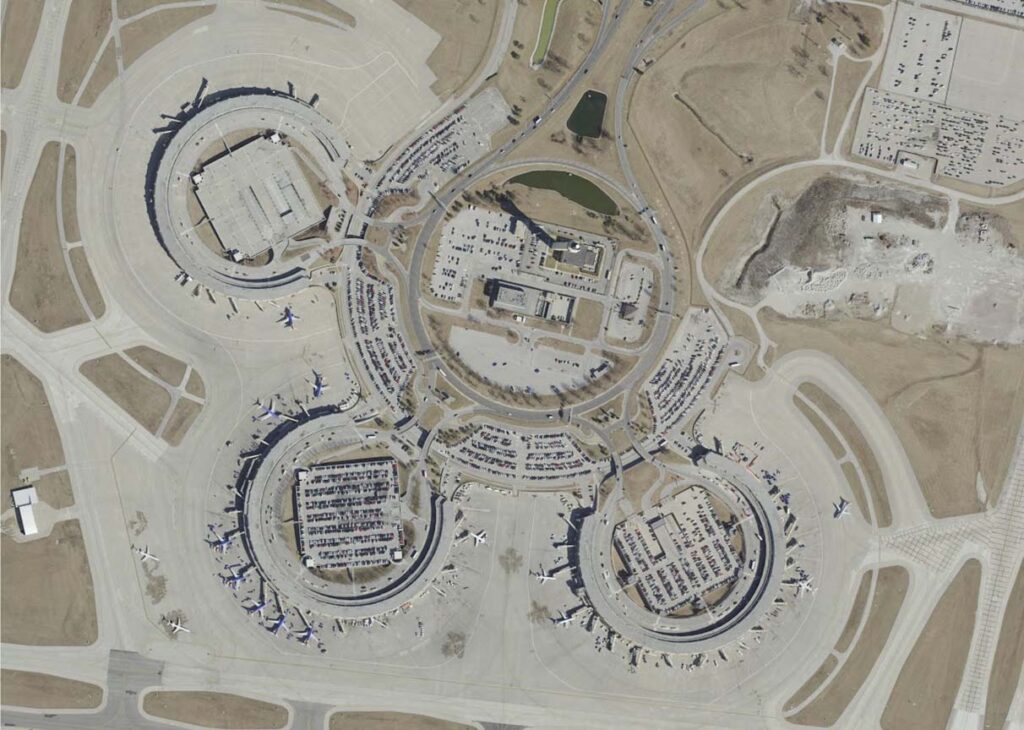
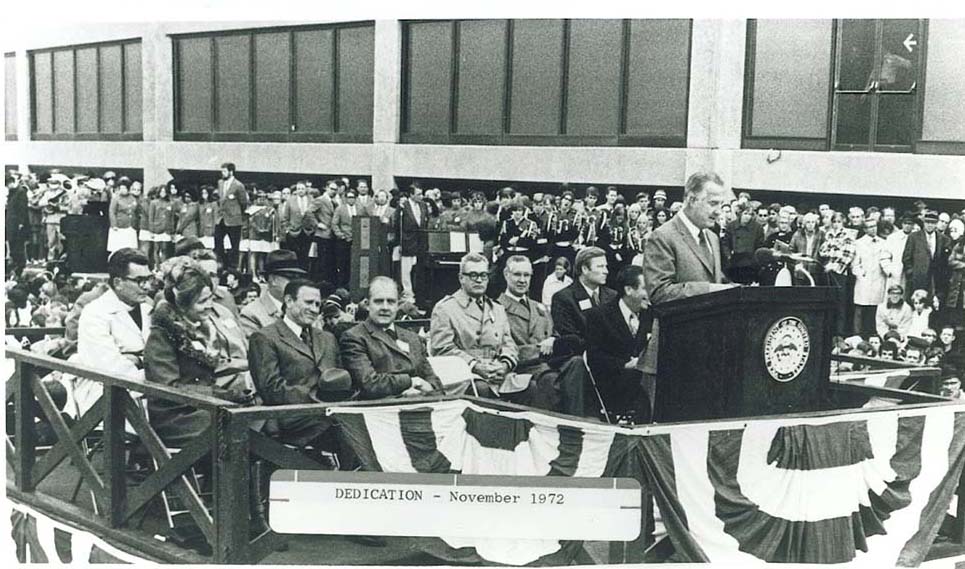
Photo courtesy KC Aviation Department.
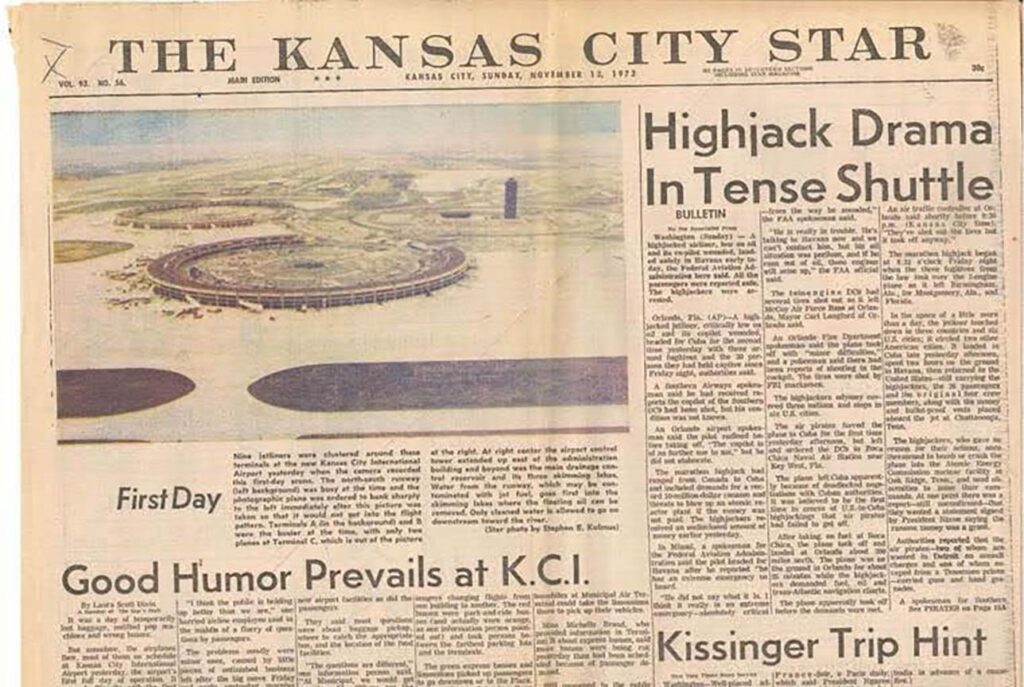
Photo courtesy KC Aviation Department. Photo courtesy KC Aviation Department.
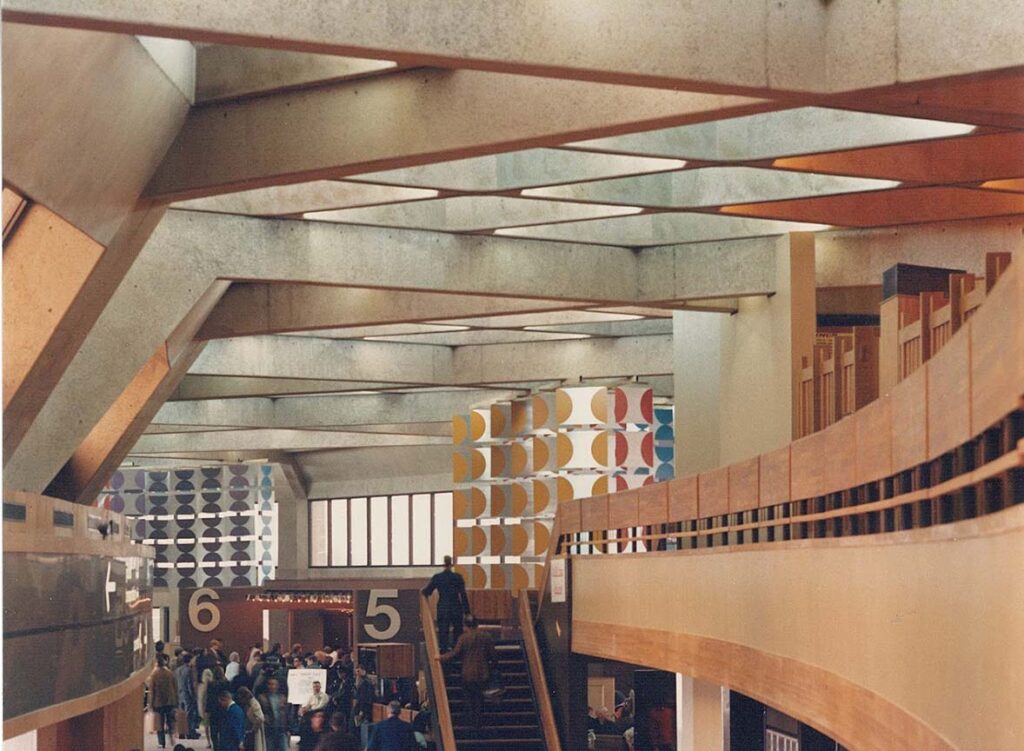
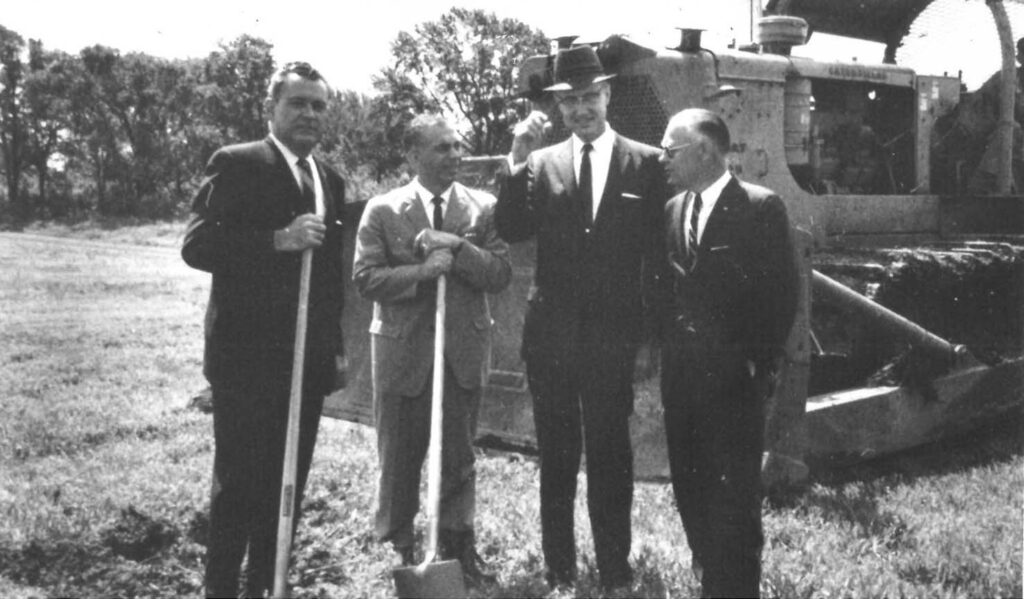
Photo courtesy KC Aviation Department.
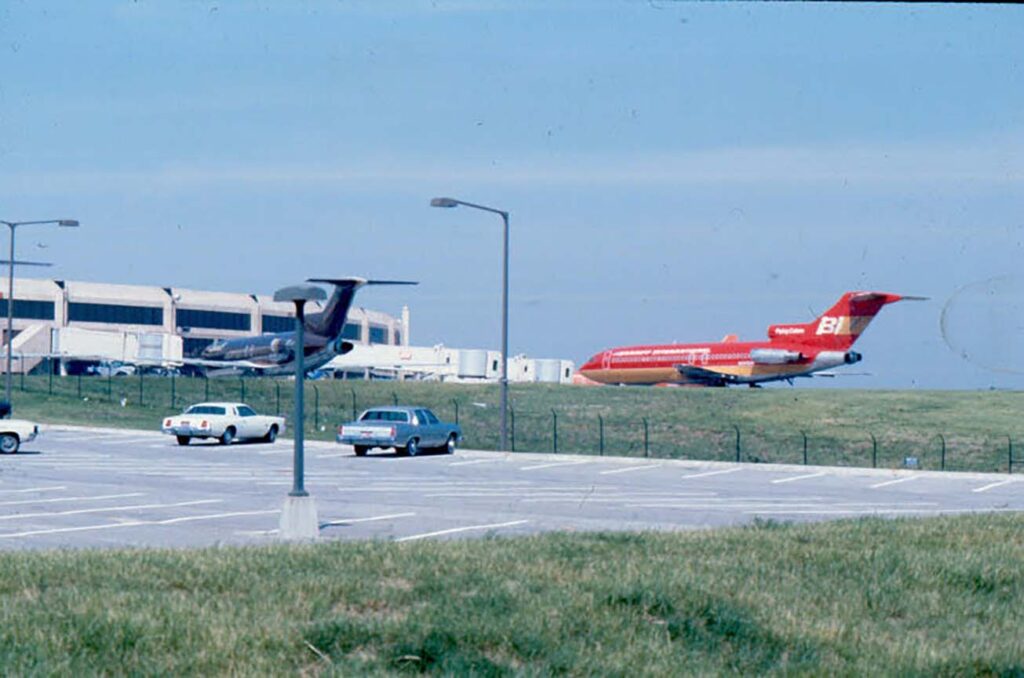
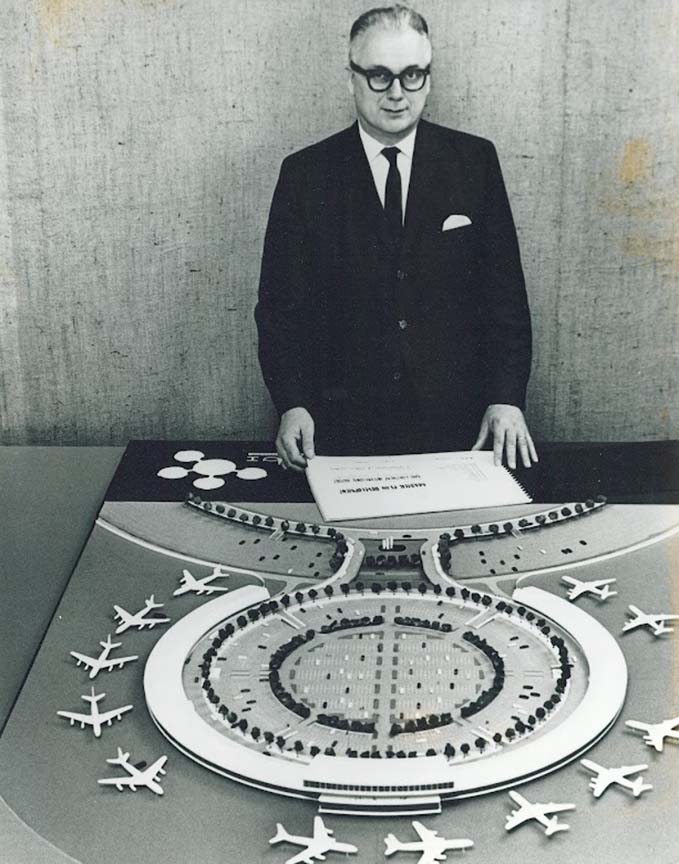
Photo courtesy KC Aviation Department.
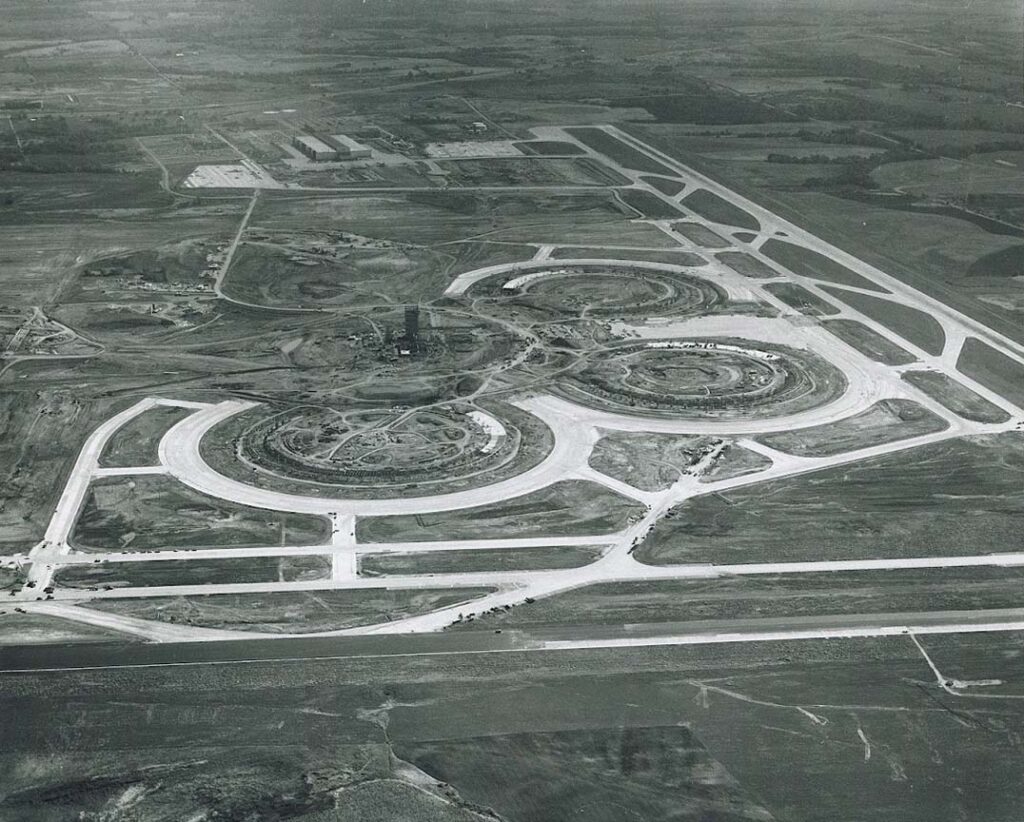
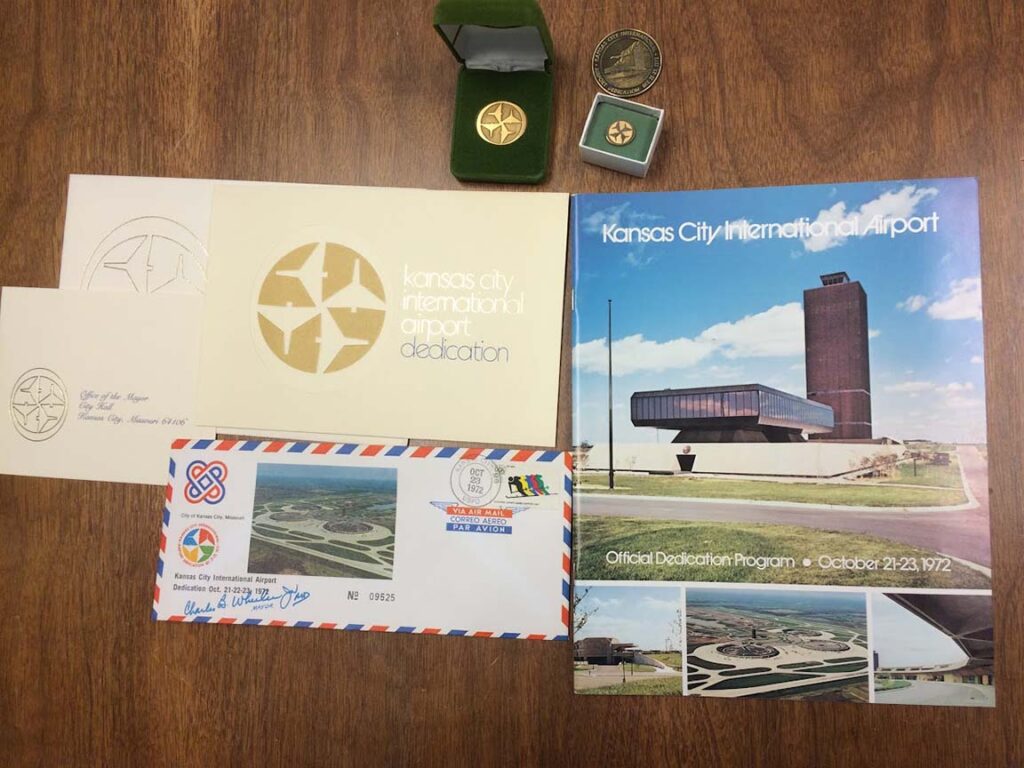
Photo courtesy KC Aviation Department.
